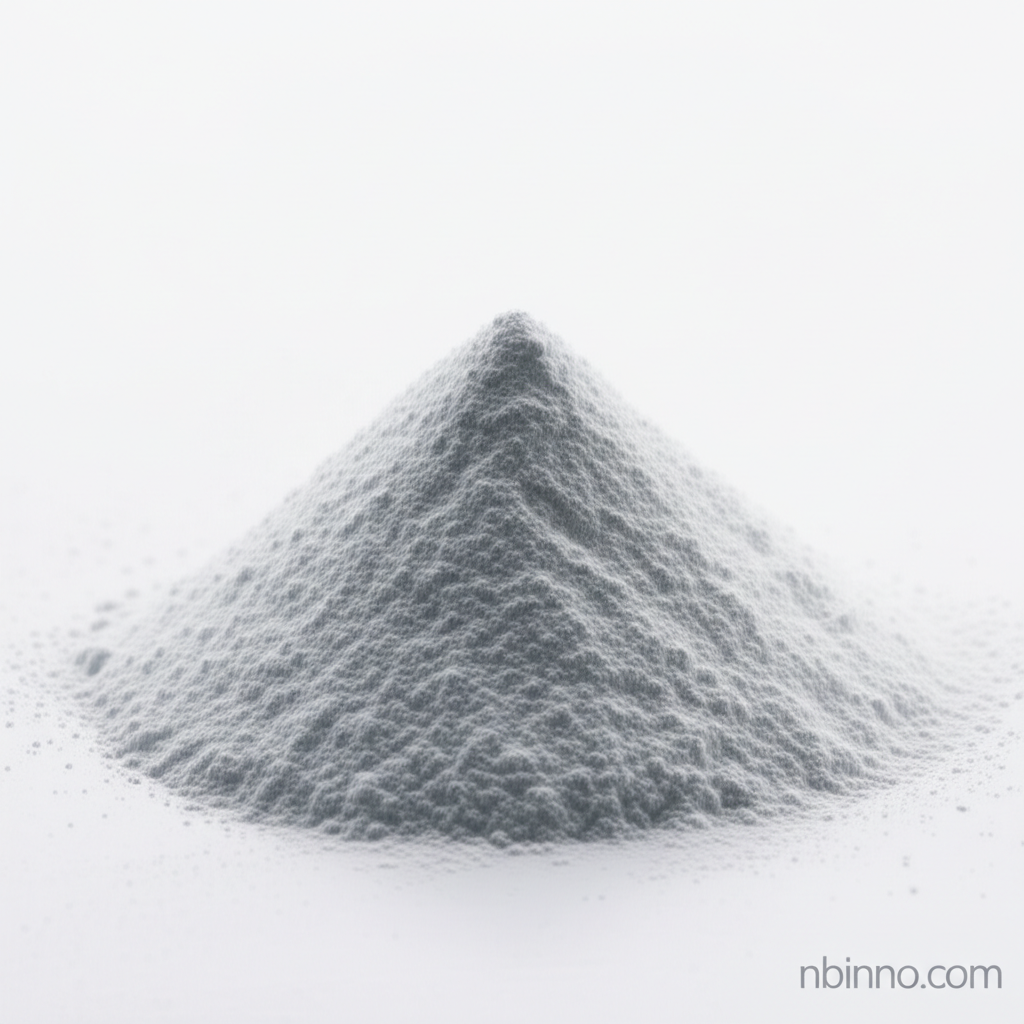Exploring Oxytocin Acetate: A Versatile Peptide Hormone for Research and Development
Discover the synthesis, unique properties, and diverse applications of Oxytocin Acetate in scientific research and beyond.
Get a Quote & SampleProduct Core Value

Oxytocin Acetate
Oxytocin Acetate is a synthetically derived analog of oxytocin, a crucial hormone and neurotransmitter. Its chemical conjugation with an acetic acid moiety enhances its stability and demonstrated stronger binding affinity for the oxytocin receptor, suggesting potential advantages in various applications. This compound is not only vital in biochemical research but also finds utility in organic synthesis and potentially in cosmetic formulations.
- Oxytocin Acetate synthesis involves the chemical conjugation of oxytocin with an acetic acid moiety, leading to improved molecular stability.
- Oxytocin Acetate receptor binding studies indicate a stronger affinity for the oxytocin receptor compared to the parent compound.
- Oxytocin Acetate cosmetic use is being explored due to its potential skin benefits and disinfectant properties.
- Oxytocin Acetate organic synthesis utilizes its capabilities as an effective amide-forming agent.
Key Advantages
Enhanced Stability
The stability of Oxytocin Acetate has been shown to be higher than that of native oxytocin, making it a more robust compound for various applications.
Potent Receptor Interaction
Studies suggest that Oxytocin Acetate exhibits a stronger binding affinity for the oxytocin receptor, potentially leading to more pronounced effects.
Versatile Applications
Beyond its hormonal roles, Oxytocin Acetate shows promise in cosmetic formulations and as a valuable reagent in organic synthesis.
Key Applications
Biochemical Research
Utilized in studies exploring hormone receptor interactions and signaling pathways, contributing to a deeper understanding of biological processes.
Organic Synthesis
Serves as a valuable amide-forming agent in organic synthesis reactions, enabling the creation of complex molecules.
Cosmetic Formulations
Investigated for potential use in cosmetic products, possibly due to its disinfectant properties and effects on skin.
Pharmaceutical Development
Its enhanced properties make it a candidate for further development as a therapeutic agent, potentially offering advantages over existing treatments.
